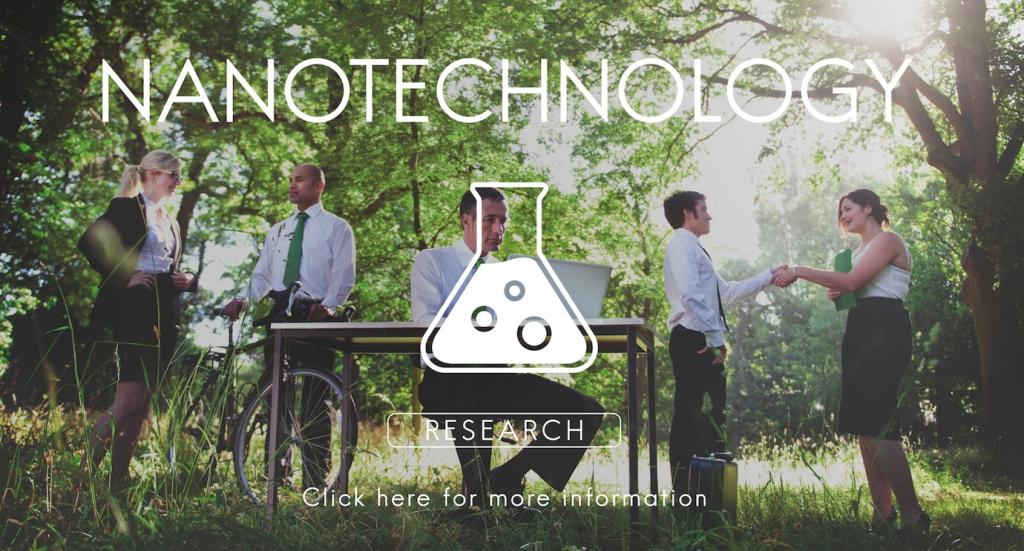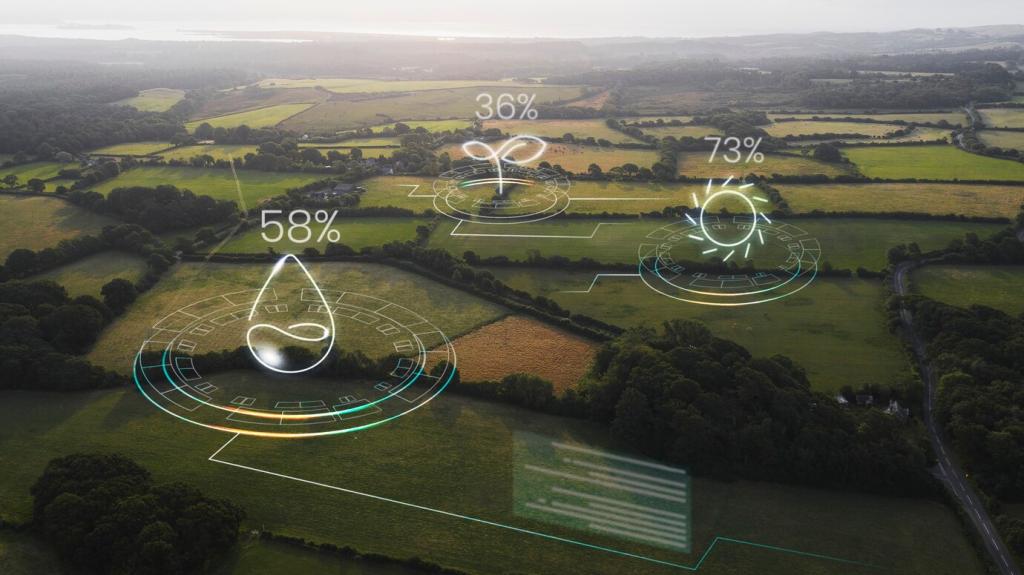Sustainable Infrastructure and Eco-Friendly Urban Planning
Sustainable infrastructure and eco-friendly urban planning have emerged as vital strategies in addressing the challenges posed by urbanization, climate change, and resource scarcity. Cities worldwide are striving to integrate environmental considerations into their development, aiming to create balanced, resilient, and vibrant urban spaces. The pursuit of sustainability in urban planning not only promotes environmental stewardship but also enhances the quality of life for residents, fosters economic stability, and encourages social inclusivity. This comprehensive exploration delves into the principles, benefits, strategies, and future outlook of sustainable infrastructure and eco-friendly urban planning.


Integration of Environmental, Social, and Economic Aspects
The core of sustainable urban development lies in the harmonious integration of environmental protection, social equity, and economic vitality. Urban planners must consider not only the conservation of natural resources and reduction of pollution but also the wellbeing of communities and the stimulation of local economies. This holistic approach ensures that cities can flourish without compromising the needs of future generations, fostering systems in which people, nature, and business can coexist successfully.

Resource Efficiency and Minimizing Waste
A key tenet of sustainable urban planning is maximizing the efficient use of resources, including energy, water, land, and raw materials. Cities are encouraged to adopt practices that minimize waste production through strategies such as recycling, reusing materials, and employing green technologies. These practices not only reduce the environmental burden posed by consumption but also decrease operational costs, making urban areas more affordable and environmentally responsible for all.

Resilience and Adaptability to Change
Urban environments must be designed to withstand and adapt to ever-evolving challenges, such as climate change, natural disasters, and population shifts. Sustainable infrastructure incorporates features that enhance resilience, including flood-resistant buildings, green roofs, and flexible energy systems. This adaptability not only safeguards residents and assets but also ensures continued access to essential services, reinforcing the city’s long-term sustainability and stability.
Previous slide
Next slide

Energy Efficiency and Renewable Integration
Modern urban planning emphasizes the development of buildings that maximize energy use efficiency. Innovations such as high-performance insulation, airtight windows, advanced lighting, and smart controls significantly reduce energy demand. These design approaches lower utility costs for occupants, minimize environmental impact, and extend the lifecycle of buildings while fostering healthier indoor environments.

Public transportation systems, from buses to subways to trams, form the backbone of sustainable city mobility. Optimization strategies involve increasing capacity, frequency, and reliability while making transit attractive and accessible to all. Enhanced public transit not only alleviates traffic congestion and lowers air pollution but also ensures equitable mobility options for diverse urban populations.

Encouraging walking and cycling transforms urban mobility, fostering healthier lifestyles and reducing environmental impacts. Urban planners can promote active transportation by designing pedestrian-friendly streets, expanding bike lanes, and ensuring safe, convenient connections between key destinations. Investing in walkable and bikeable neighborhoods supports public health and builds vibrant, interconnected communities.

A shift toward electrified vehicles and clean fuel alternatives underpins efforts to decarbonize urban transport. By investing in electric buses, vehicles, and supporting infrastructure such as charging stations, cities can cut greenhouse gas emissions and improve air quality. These changes, in tandem with promoting public and active transit, create cleaner, more sustainable urban travel networks.

Water Conservation and Efficiency
Sustainable cities prioritize the efficient use of water through cutting-edge technologies and behavioral incentives. Techniques such as low-flow fixtures, smart irrigation systems, and leak detection not only conserve vital resources but also reduce operational costs. Educational campaigns and incentive programs further reinforce water-saving habits, laying the groundwork for long-term urban water sustainability.

Rainwater Harvesting and Recycling
Cities are increasingly designing systems to capture, treat, and reuse rainwater, reducing pressure on municipal supplies and infrastructure. Rainwater harvesting for non-potable uses such as landscape irrigation and toilet flushing represents a practical means to close water loops. Combined with recycled wastewater reuse, these initiatives ensure resource resilience and help urban populations adapt to climate variability.

Blue-Green Corridors and Flood Control
Integrating “blue-green infrastructure”—a combination of water features and greenery—creates functional corridors that manage stormwater, mitigate floods, and enhance urban aesthetics. Rivers, wetlands, and bioswales are restored or engineered within cities, offering natural flood barriers while providing habitats and recreational spaces. These corridors champion ecosystem-based adaptation and exemplify harmonious coexistence between urban life and natural water cycles.
Low-Impact Materials and Circular Construction
Sustainable Building Materials
Choosing materials with low embodied energy and minimal environmental impact is increasingly prioritized in urban construction. Options such as recycled steel, reclaimed timber, and eco-friendly insulation help reduce greenhouse gas emissions. Harnessing such materials not only limits resource extraction but also supports markets for sustainable products, driving the green transition in the building sector.
Design for Disassembly and Reuse
Circular construction advocates for the design of buildings and infrastructure that can be easily disassembled and adapted. This enables material reuse, significantly lowering demolition waste and encouraging resource recovery. As buildings reach the end of their lifespans, components can be repurposed elsewhere, sustaining urban growth with minimal environmental disturbance.
Waste Minimization in Construction
Efficient planning and innovative construction techniques are essential to minimizing waste generation during building and infrastructure projects. Lean construction methods, offsite prefabrication, and on-site recycling processes divert vast quantities of material from landfills. By integrating waste accountability throughout project lifecycles, cities can significantly reduce the impacts of development on local and global ecosystems.
Community Involvement and Policy Frameworks
Involving local communities in urban planning decisions fosters a sense of ownership and ensures that development reflects local needs and priorities. Participatory approaches—such as town hall meetings, workshops, and digital forums—enable stakeholders to contribute knowledge and insights, resulting in more equitable, culturally relevant, and widely accepted urban solutions.

